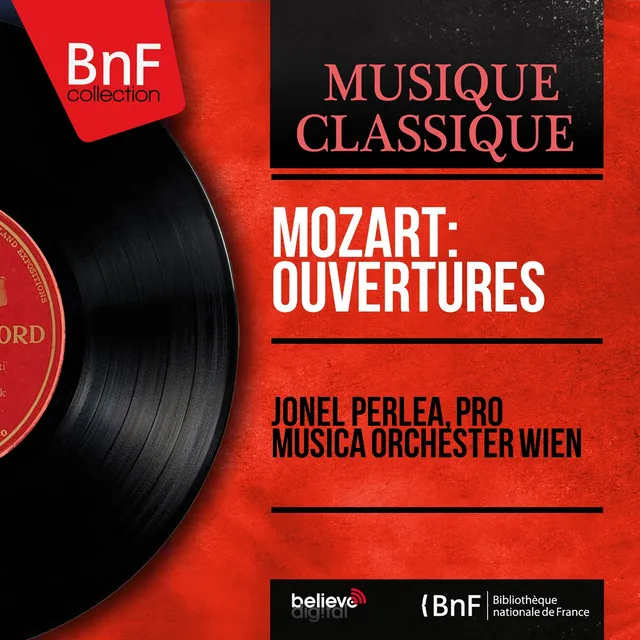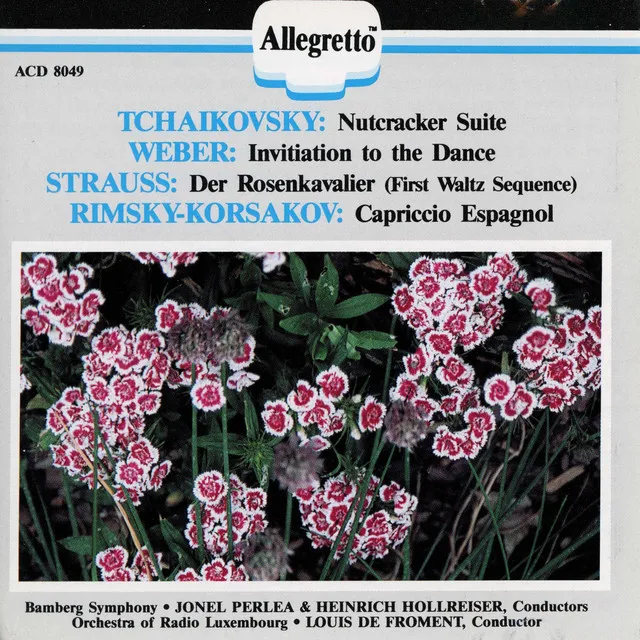A conductor/composer much beset by a series of catastrophes, Jonel Perlea nonetheless ranks high among his contemporaries for the fervor and meticulous attention to sound and form he brought to his interpretations. Interned by the Nazis during WWII and later the victim of a stroke, he prevailed, teaching and conducting with a modified technique employing the left hand only. Recorded evidence causes one to wonder about Perlea's abbreviated time with the Metropolitan Opera, but stories of backstage jealousies suggest the answer.
Perlea was born to wealthy parents. From age seven, he set his mind on a professional career in music and by nine had written his first composition. Young Jonel undertook studies in composition with Anton Beer Wallbrunn and subsequently traveled to Vienna for further training. Later, Perlea attended the Leipzig Conservatory to participate in a master class in composition led by Max Reger and Otto Lohse's course in conducting.
Perlea was invited to Bucharest to conduct the premiere of an orchestral work he had written and found himself intrigued by the possibility of a conducting career. His official debut as a conductor came in Leipzig where he led an opera house performance of the ballet Puppenfee and quickly thereafter, the opera Hänsel und Gretel. Following several other German engagements and a year's service in the Romanian army, Perlea was made first principal conductor at the Bucharest Opera in 1926 and later, the company's music director and director of the city's conservatory. Throughout the ensuing years, Perlea's reputation grew through guest appearances at Europe's leading opera institutions and with its finest orchestras.
On their way from Bucharest to Paris in August 1944, Perlea and his wife were detained by Nazi officials in Vienna because they lacked the necessary visas. For the next year, they were placed in concentration camps, initially in Silesia, later in Kärten. Upon liberation by British troops, Perlea was sent to Italy for repatriation; subsequently he chose to attempt the rebuilding of his career there. A substitute engagement with Rome's Santa Cecilia Orchestra was so well-received that he was given a second concert, this time with his name on the playbills. Another success led to an engagement at La Scala where his Tristan und Isolde was acclaimed. Perlea remained a principal conductor at Milan until 1949, also leading performances regularly at Naples.
After his American debut with the San Francisco Symphony in 1949, Perlea came to the Metropolitan Opera where his December 1 debut in Tristan drew high praise. The refined and clearly defined orchestral textures bespoke an exceptional gift for leadership; he supported his singers rather than dominating them. Similar high enthusiasm greeted his Rigoletto and Carmen, but a failure to agree on repertory (the official story) led incoming manager Rudolf Bing to offer Perlea only one production for the following year.
Perlea returned to Italy to continue conducting there, finding ongoing favor with critics and audiences alike and leading several important opera recordings. Now a naturalized U.S. citizen, he was appointed music director of the Connecticut Symphony Orchestra in 1955 and taught at the Manhattan School of Music. A heart attack in 1957 presaged a stroke that left him disabled but not defeated. He continued to direct with his left arm only and in 1967, led a production of Tosca for the American National Opera hailed as extraordinary for its authority and intensity.




